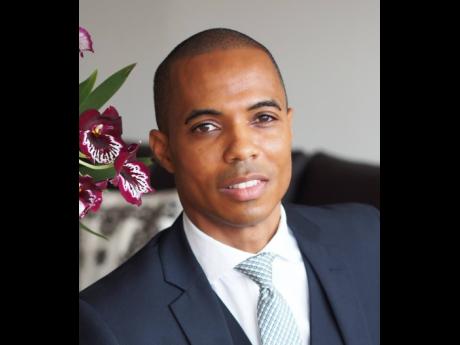New York University to premiere ‘Reimagining Nanny’ film
Nanny of the Maroons was a legend, thus her National Heroine status that was bestowed upon her in 1982. She was honoured for leading the Windward Maroons in the rugged mountains of Portland to victory over the British in the First Maroon War of the first half of the 1700s. And, as with most legends, all sorts of myths and romanticisms are attached to her persona.
The best-known of the Nanny’s myths is that she would catch bullets with her posterior, and survive to tell the tales. She was also regarded an excellent military strategist who used her knowledge of the mountainous environment to outsmart her pursuers. And, in many quarters she was said to have supernatural powers bequeathed her by her ancestors.
Mythical attributes or not, Nanny was a living, breathing woman who was given land for herself and her people after the war. Her remains are said to be lying in Bump Grave in Moore Town, Portland, where she resided after parting company from Quao, another great Maroon leader. But, one man who is not particularly embracing some of the myths surrounding Queen Nanny is Dr Leo Douglas, a Jamaica-born clinical assistant professor of liberal studies at New York University (NYU).
He has curated a documentary called, Reimagining Nanny: Her Sword – A Seed, which is slated to have a hybrid premiere tomorrow at NYU. People who might want to see it online should register at https://events.nyu.edu/event/313190-1. The official documentary trailer can be viewed at https://youtu.be/BguWYmACnNI. But, before it hits the big screen The Gleaner spoke with Dr Douglas about his work.
“Traditionally Nanny has been portrayed through a lens of mountain guerrilla warfare, but here (in the film) she is represented in what some Maroon scholars believe to be a more accurate and broader reality, as a healer, a protector of the springs, forests and watersheds, and as the quintessential wise woman of all that lived and grew in the Blue and John Crow Mountains of Jamaica,” Dr Douglas said.
Thus, “it highlights the untold stories of Queen Nanny as a fundamental means of deepening our appreciation of the contribution of the Jamaican black women on whose shoulders we stand”. But, is the purpose to annihilate the myths surrounding Nanny once and for all?
“No,” Dr Douglas replied, “The purpose is to debunk the prevailing perception of Grandie Nanny as a guerilla warrior and histories of fire, killing and violence, which is largely a planter colonial representation of the woman.” Thus, the project is iconoclastic in its in purpose and treatment as it seeks to retell the story of Nanny.
It is “in keeping with her broader significant real and symbolic roles as a shaman of the forests, healer, priestess and protector of the springs and watersheds, and commander of energies of the earth, creatures, mountains and valleys of the Blue and John Crow Mountains of Jamaica,” Dr Douglas told The Gleaner.
But to what extent, if any at all, are these myths detrimental to Nanny herself and her story in general so as to inspire a re-imagining of Nanny? “Some myths of Nanny are rooted in African spiritual beliefs and the experiences of the Maroons. Other myths would have been created by the British colonisers to discredit or demonise self-liberated slaves and their leaders … To the British colonisers she would have been a witch. Understanding these and other myths help us understand how Queen Nanny was perceived by various groups,” Professor Douglas explained.
Dr Marcia Douglas, award-winning author and professor of post-colonial studies at the University of Colorado Boulder, reprises the role of Queen Nanny. She said she felt that “Queen Nanny would have believed that nature was life, that it was spirit, and that the essence of our being remained around us, in the things that grew in the Blue Mountains, even after death. That the natural world was also a spiritual world, a world of unseen and immeasurable powers, saturated with the energy and wisdom of our Afroindigenous foreparents, that all life was sacred, spiritual and full of teachable wisdom”.
Following the screening of the documentary there will be a panel discussion to include panellists; Professor Marcia Douglas; NYU liberal studies professor and author Jacqueline Bishop; Dr Thera Edwards, lecturer in the Department of Geography and Geology at The University of the West Indies, Mona; and Dr Tao Leigh Goffe, professor of African studies, feminist, gender and sexuality studies at Cornel University.
The documentary is part of a project which includes an original vocal composition about Nanny of the Maroons and five large-scale visual arts representations of Queen Nanny which are on exhibition at the Institute of Jamaica (IOJ) until the end of March. The Natural History Museum of the IOJ and the Jamaica Conservation and Development Trust are project partners.


